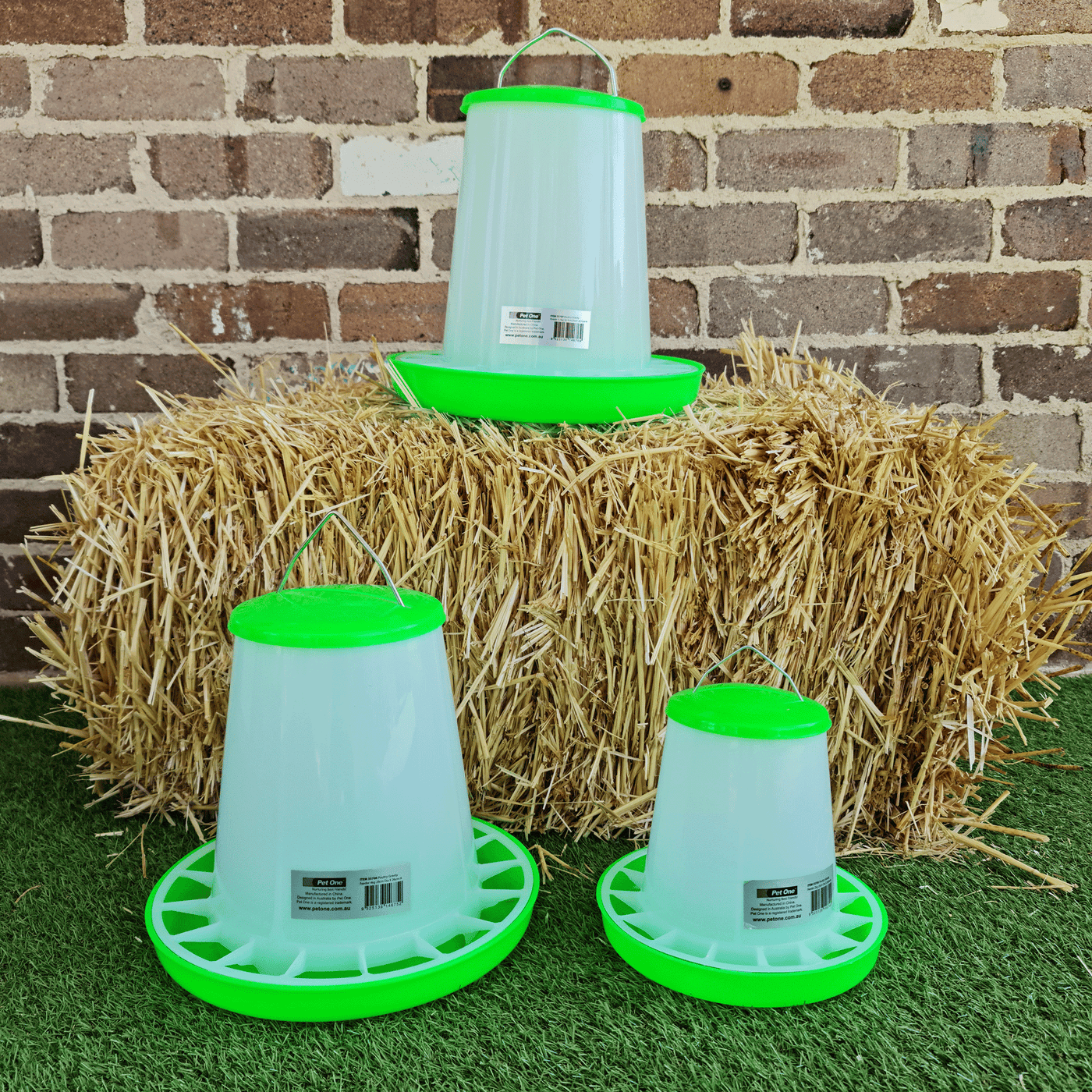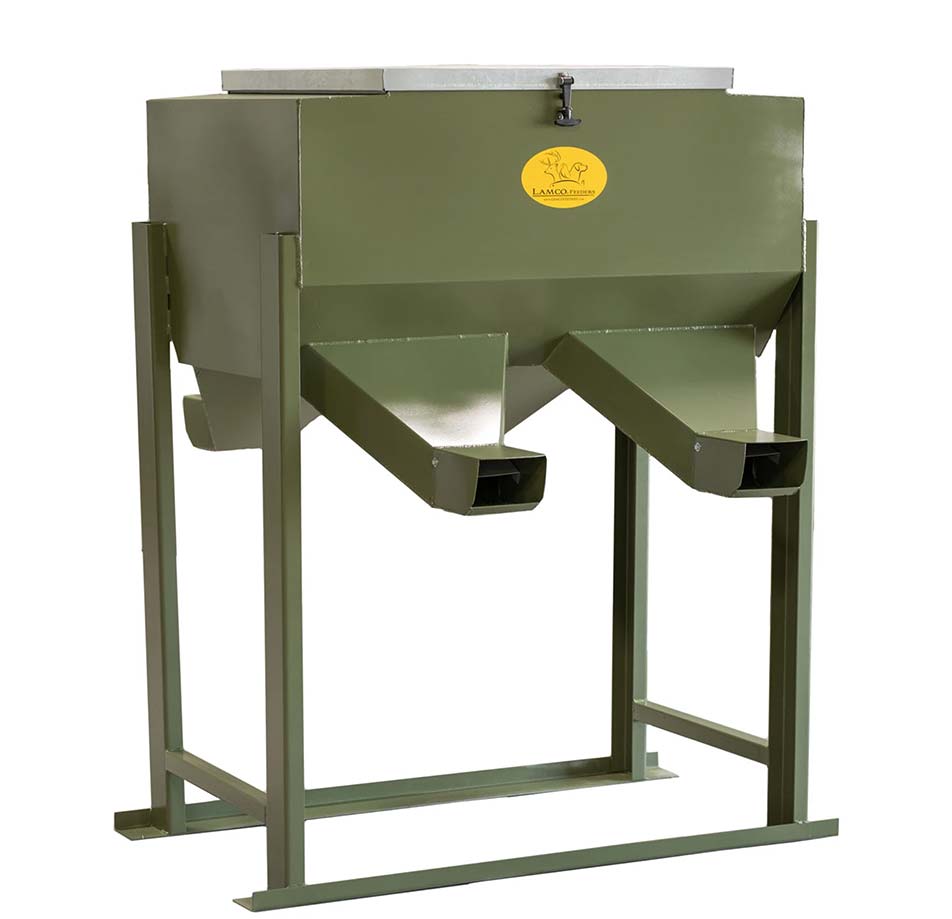
“These adult bucks rule the feeders,” said David. Out of the sub-sample of 6,994 photographs containing deer that could be categorized, “dominant” adult bucks of at least 2½ years of age appeared in the same photograph with a “subordinate” doe or yearling buck only 54 times, less than 1% of the photos. To analyze social interaction, David pooled yearling bucks and all does together as “subordinate” deer and all adult bucks as “dominant.” He also separated photos by night and day, with “daytime” being defined by legal hunting hours.ĭavid had his answer about segregation by social class right away. After excluding fawns from the count, he sorted out all photos of deer he could confidently identify as one of three categories: To keep photo analysis manageable, David pulled a sub-sample of photos from three days (Mondays, Tuesdays and Wednesdays) from each week of the two hunting seasons. In fact, 39% were 3½ or older, more than a third of all bucks! The property, including the feeder sites, was actively hunted during David’s camera study, though pressure was considered “light.” Around 10 deer were killed each season, which is around one deer per 400 acres, including does and mature bucks. Buck age structure was very well developed: 61% of all bucks were 2½ or older. Trail-camera surveys prior to the study estimated a deer density of around 40 to 50 per square mile and a balanced sex ratio of one buck per 1.1 does. To answer this question, he ran trail-cameras on 16 feeding sites in two consecutive hunting seasons (mid-September to early January) on a 4,000-acre tract of hunting land in Georgia in 20. One of David’s primary questions was whether social status, sex, or age of deer play significant roles in which deer use feeders. from the University of Georgia studying deer use of bait sites, and some of his findings have now been published by scientific journals. Who Visits Feeders?ĭavid Stone earned his Ph.D. All adult and mature buck photos that season were taken at scrapes. Cameras on corn feeders produced yearling bucks and does at night and primarily turkeys in daytime.

Photos from Lindsay’s cameras in fall 2011, the first year hunting over bait was legalized in south Georgia. With statistical reliability, scientists saw a similar phenomenon to what I witnessed at Grace Acres. But in another part of Georgia, someone did. I didn’t tally all the photos, identify all the deer, and run the numbers through statistical analysis. What I’m describing is not science, it’s just an anecdotal observation. The difference can’t be explained by hunting pressure, because we don’t sit over the corn feeders. My cameras capture more bucks overall, including all of the fully mature bucks seen in any photo. Corn cameras capture mostly does and yearling bucks, and most of them at night. Over the years since, I’ve seen a clear pattern. Meanwhile, I continued to place my cameras on scrapes and trail junctions.

Dad placed some of his trail-cameras on the corn feeders.

Gravity feeder vs broadcast feeder install#
When Georgia first legalized hunting deer over bait in the southern half of the state in 2011, my dad felt compelled to install corn feeders on our family farm simply to compete with the expected landslide of bait in the wider neighborhood.

New deer research suggests those are the exact conditions under which adult bucks are most likely to use hunted feeding sites (photo by NDA member Fred Hart). A mature Alabama buck visits a feeder alone, at night, in the post-rut.


 0 kommentar(er)
0 kommentar(er)
